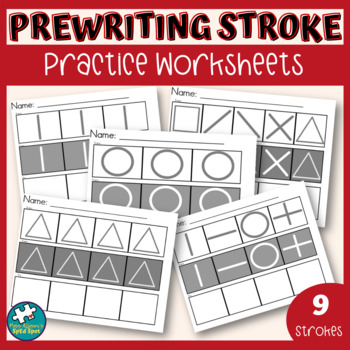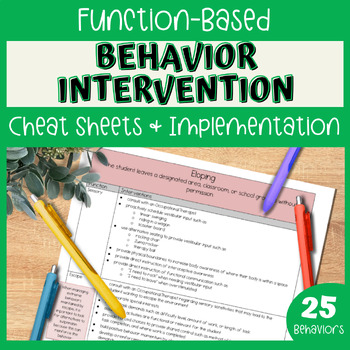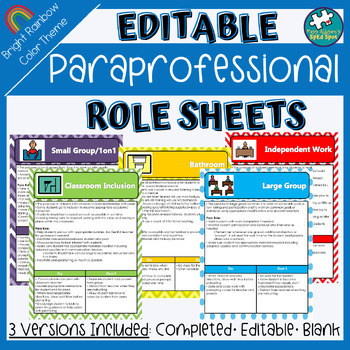In the special education classroom, student behaviors often stem from a deficit in social skills. If we only reactively address the behavior, then it will be hard to see lasting improvement. However, proactively addressing behavior concerns with social skills direct instruction can make a huge difference!
When teaching social skills (or any new skill really) I tend to follow the same sequence of steps:
Problem Scenario
Do you have students who struggle with expected behaviors when interacting with peers and maintaining friendships? This year, I have some girls in particular that are quite catty which has led to a lot of unexpected drama! I also had some boys who were a bit “mindblind” and only thought of themselves when it came to winning, being first in line, or playing with certain toys.Being a Good Friend Social Skills Direct Instruction
When teaching social skills (or any new skill really) I tend to follow the same sequence of steps:
1. Teach:
First, I teach the expected skill. Using a social story can be a great evidence-based strategy for introducing the concepts. Skills related to being a good friend that my students needed to work on included:- Speaking nicely (I had girls getting mad at one another and frequently saying things like “I don’t want to be your friend… which quickly led to tears from the receiving student!)
- Positive physical interactions (I had a range of behaviors in this area from invading personal space to aggression)
- Sharing (this is where the mindblindness definitely became an issue!)
This is also when we introduced the vocabulary we would be using from now on to remind students of what was expected and provide direct feedback such as the phrase “being a good friend” and what it means to “share” or use “nice words”.
2. Practice:
After reviewing the social story, there were several ways we practiced the skills.
- Role Playing: We would act out different scenarios illustrating the concepts we learned. My paras and I would act out the unexpected behaviors and students would act out the expected behaviors. We would go through the social story page by page to guide us.
- Choices Sort: I also completed a choices sort with my students. Depending on the year, we called it different things such as good/bad choices, green/red choices, and expected/unexpected choices. We did this as a cut and paste activity the first time but I also created reusable file folders to be used for priming and review later.
It is important to be purposeful in planning how you will facilitate generalization of new skills.
- Prime: Prior to a time that students typically struggle with challenging behavior, I would review the social story or the sort to prime them or remind them of what was expected. Some of the more challenging times for my students were recess, free play time, and reward time because these times were less structured and allowed for a lot of student interaction.\
- Prompt: If we noticed that a student was struggling in the moment, we would use visual reminders of what to do. I did not use what not to do since it was hard for some of my students to infer what to do instead especially in the heat of the moment! The “good choice” visuals were helpful and at times I would make them into a visual cue ring for my paras and I to have on our lanyard so we were ready at all times!
4. Reinforce:
This requires a lot of “catch them being good” time and looking for even the smallest successes. My paras and I were more involved during the typically unstructured activities so that we were present to praise any example of the expected behaviors we had taught. It was so rewarding even for us to spend more time focusing on the good behaviors and less time correcting unexpected behaviors!
Or if you have other social skills your students need help with, don’t miss my other posts with accompanying resource packs:
Or grab my bundle of all 3 and save!
Resources
If your students are struggling with being a good friend, you don’t want to miss my freebie which includes the social story and choices sort described above!Or if you have other social skills your students need help with, don’t miss my other posts with accompanying resource packs:
Or grab my bundle of all 3 and save!















